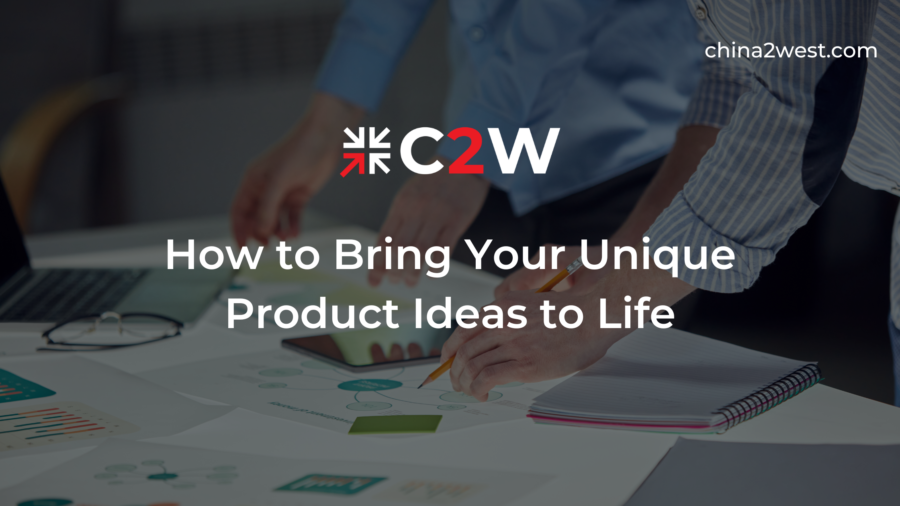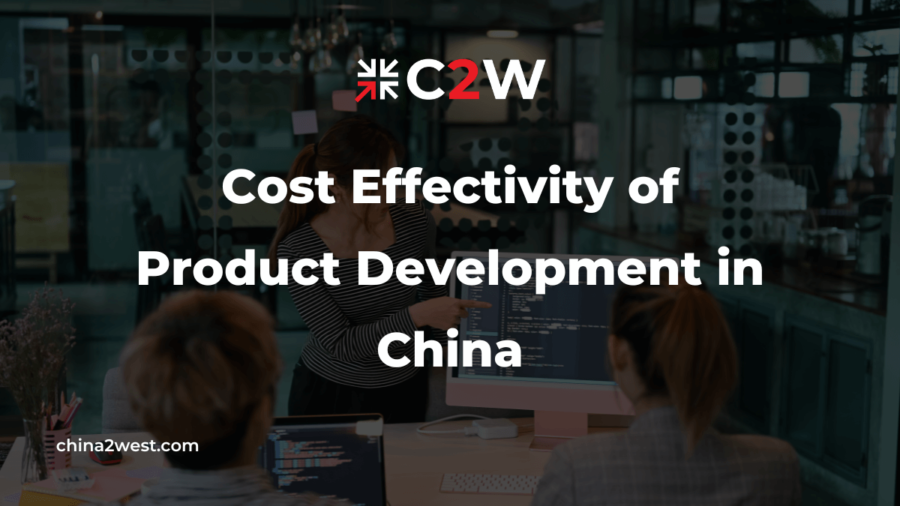30,000 new products enter the world each year, but there’s always room for unique product ideas. If you have an idea in mind that’ll bring a meaningful change, don’t despair.
By following our guide, you’ll be able to turn your product dream into a thriving reality. It may even be easier than you think.
Continue reading to learn the steps needed to bring your idea to life!
Patent Check
The first step before you begin product design is to check that your idea doesn’t already exist. With so many products in the world, it’s possible that you aren’t the first person to think of this particular idea.
Looking through a comprehensive list of patents will let you know if your idea is as unique as you believe.
Even if a product exists that seems similar to your idea, make sure to be thorough with your research. Similarities don’t necessarily mean that your products are the same. Key differences could mean that your product will one day have its own patent.
Patents take a long time to secure. If getting a patent is a crucial element for you, you’ll want to start applying for one right away.
Find Your Intended Market
Do you have an idea of which market you’ll target with your product? Having this in mind will make the design process easier by giving you a specific direction to follow. Take time to think about who would benefit most from your product.
Certain demographics require different design elements to find success once they reach the masses.
For example, a new product meant for children will often have vibrant colors, cartoon characters, and bold letters. You typically won’t see the same for a product targeting older men.
Without an idea of your intended market, you might make design decisions that will need to be edited later on. This only wastes time, energy, and resources.
Product Creation
Now that you have these initial considerations in place, it’s time to start the actual creation of your product ideas. There is a tried-and-true process that you’ll want to follow to get the most out of your ideas.
Designing
You can’t build a product if you don’t have a design for it.
You’ll need to figure out what the product looks like and how it works. Think about color, material, size, lettering, packaging, and functionality. This is where you’ll think about all of the tiny details of your idea.
Outsourcing this process is sometimes the optimum choice if you don’t have a lot of experience in engineering. Experts in product design can make this vital step simple if your skills lie in other areas.
Prototyping
Once you have a design figured out, you’ll start prototyping that design. While the design phase is when you put your idea onto paper, the prototype phase is when you put that idea down into your chosen material.
At the end, you’ll have visual proof that your idea is coming to life. You’ll be able to touch the product and try it out for yourself.
It’s a good idea to make several prototypes with variations so that you can try them at the same time and figure out what you like about each one. This makes it easier to get to a product that you love.
Testing
Sometimes you’ll only get a few steps in the prototype phase before realizing that the initial design won’t work. Other times, it takes a lot of thorough testing to find problems in the product.
You’ll want to have a wide testing phase, involving as many people as possible. This way, you’ll get different opinions from which to improve your product.
Even if a person isn’t in your intended market, they could have valuable insight to offer you. Make sure to always write down what your testers say, even if you don’t use those opinions in your product. It’s efficient to have a record of the changes you’ve made and the changes you’ve rejected.
Optimization
Once you’ve narrowed down the problems with the product, it’s time to go back to the drawing board. This phase is essentially the second version of the design phase.
Instead of starting from nothing, you’ll be improving an existing product, so it should go much faster.
That doesn’t mean you should rush the process. You must keep going through the testing and optimization phases multiple times until you end up with a perfect product.
Distribution
Only once you feel like you’ve gone through testing without any problems occurring is it time for product manufacturing. Unless you have a factory ready to create new products for you, you’ll need to get outside help.
Often this is something your prototyper can do for you, but not always. Producing a product in large quantities for consumption is something that needs a lot of manpower behind it.
This is also when you’ll start thinking about how you’ll sell your product. Will you create a website or will it be available at stores? These are things to think about before the product is ready for consumers.
That way you’ll be ready to go right away.
Marketing
No product, no matter how ingenious, can succeed without good marketing. The more excitement you generate for your product, the better it’ll do on the market.
It’s best to start this process before you even finish making the product.
A foolproof to keep people interested is to show them the process you’re going through to make it perfect. Ask them for suggestions so that they interact with your marketing team.
This helps the consumers feel like a part of the creation process, and they’ll be even more excited to buy it when available.
Get Help With Your Unique Product Ideas
Designing unique product ideas can seem overwhelming, but it doesn’t have to be. With some expert help, you could design, test, optimize, and market your product in no time.
China2West Services LTD is here for all of your China-based product management needs. Our experts focus on quality throughout the entire development process, all at a fraction of the cost of our competitors.
Contact us today for a quote or evaluation, and we’ll get back to you within 24 hours!


